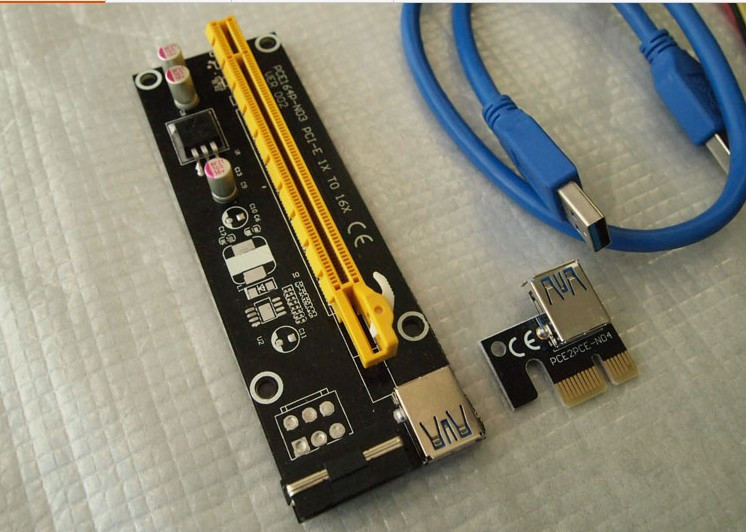The likelihood of a soft or hard fork should be correlated to the amount of ETH that was 'unexpectedly transferred' due to edge case scenarios. We posit that larger the quantity of ETH 'transferred', the more willing the community will be to institute hard and soft forks.
Exceptions to the rule happen everywhere. How a society deals with those exceptions speak wonders about the people in it. The 'lost stone' on the island of Yap is an excellent example of an exception. The islanders used the stones as currency and one stone was unexpectedly transferred into the sea, an edge case of moving a large stone from one island to another. The islanders had two choices, they could insist that the stone be hauled up from the sea floor in order to be counted as currency, or they could make an exception to their rule and allow the stone to lie at the bottom of the sea and still count as currency. Their society was able to reach consensus on this issue, most likely because it took a great deal of effort to harvest the stones.
The DAO fiasco can also be considered to be and edge case. Originally, designed as an investment vehicle to stimulate growth in Ethereum, it is now a liability. The quantity of effort that was put at risk due to this edge case is very large, around 1/10th of all the ETH created is. Based on the lost stone example from above, we would expect that if something that took allot of effort to make was 'lost', the community overall would support some remedy to the situation. We believe this is even more likely in the scenario of the DAO where vested interests are far reaching and touch many community members including small time miners like myself.
Based on that knowledge, we put together an estimate of how likely people were to support a fork based on how much ETH was 'transferred'. Essentially we'd expect that for small losses, not enough people would care to support a fork because it probably didn't affect them and systematic risk was small. And with large losses, community support would increase significantly due to the increased likelihood that more people were affected and the perceived systematic risk increase which leads to questions like: Will PoS actually work when one 'entrepreneur' siphons off a huge amount of the currency? Furthermore, we'd always expect more people to support soft forks than hard forks.

We then polled the community, and from the few responses we received we found a similar trend:

There is a noticeable rise between 5% 'transferred' and 10% 'transferred' and we generally do see a greater percentage of people supporting a soft fork than a hard fork.
What does this suggest for successful 'entrepreneurs' of the future? If you find an opening that allows you to 'transferred' a small amount of ETH, you'll probably get to keep it. However, if you find a big opening which causes allot of ETH to be 'transferred', you may end up with nothing. This is because the likelihood of community response to remedy problems increases as the % of ETH 'transferred' increases. Where exactly that transition region between community disinterest and community action appears to lies around the 7% region.
RAW DATA:





